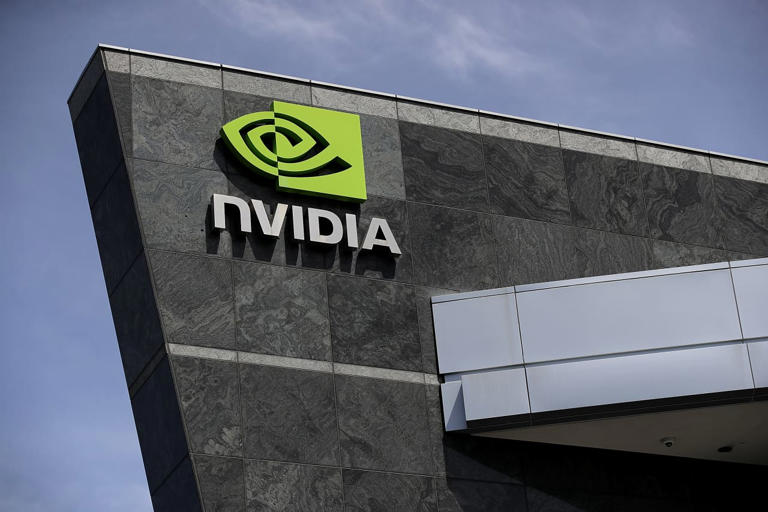On Thursday, Nvidia, a prominent player in the semiconductor industry, faced a substantial decline in its stock price, reversing earlier gains that had positioned it close to achieving a record high by the end of trading. The primary driver behind this downturn was what market analysts termed a “sell the news” reaction following the release of the latest inflation data, which unexpectedly showed cooler growth than anticipated. This news led investors to reassess their expectations regarding potential interest rate adjustments by the Federal Reserve, impacting tech stocks like Nvidia, which had previously benefited from expectations of a supportive monetary policy environment.
Nvidia’s stock price plummeted by 5.6% to $127.40 on Thursday, a significant pullback from its recent peak of $135.58 reached on June 18th. This decline mirrored broader trends across the technology sector, where companies sensitive to economic indicators often react strongly to changes in macroeconomic data. The consensus among investors was that Nvidia’s recent gains might have already factored in optimistic hopes for potential interest rate cuts, leading to profit-taking and adjustments in stock positions.
Alongside Nvidia, other major players in the semiconductor industry also experienced declines on Thursday. Advanced Micro Devices (AMD) saw its stock price decrease by 1.1%, while Intel, a long-established leader in the sector, faced a more pronounced decline of 3.9%. Even server manufacturer Super Micro Computer was not spared, with its stock dropping by 1.2%. These movements underscored the interconnectedness of the semiconductor market and its sensitivity to economic data that influences investor sentiment and market dynamics.
Looking forward, Nvidia’s growth prospects remain tied to its innovative product lineup. Anticipation surrounds the launch of its next-generation Blackwell graphics-processing units (GPUs) and the introduction of the NVL72 AI server system, designed to leverage Nvidia’s expertise in artificial intelligence and data processing capabilities. These innovations are pivotal for Nvidia as it continues to solidify its position in the rapidly evolving AI and high-performance computing markets.
Despite Nvidia’s strong performance throughout the year, with its stock price soaring by 157%, its journey has not been without strategic adjustments from major investors like Cathie Wood of ARK Investment Management. Wood notably reduced her exposure to Nvidia, citing concerns over potentially unrealistic short-term expectations in the market. In a letter to investors, Wood highlighted the possibility that heightened expectations could prompt Nvidia’s customers to reassess their AI strategies, potentially causing temporary disruptions (“short-term indigestion”) for the company’s business operations.
Nvidia’s significant outperformance compared to broader market indices underscores its importance within the tech sector. While the S&P 500 and Nasdaq Composite indices have seen respective gains of 17% and 22% this year, Nvidia’s performance reflects its pivotal role in driving innovation and growth within the semiconductor industry. However, the recent market reactions serve as a reminder of the inherent volatility and the intricate balance between market expectations, economic data, and corporate performance in shaping stock price movements.
